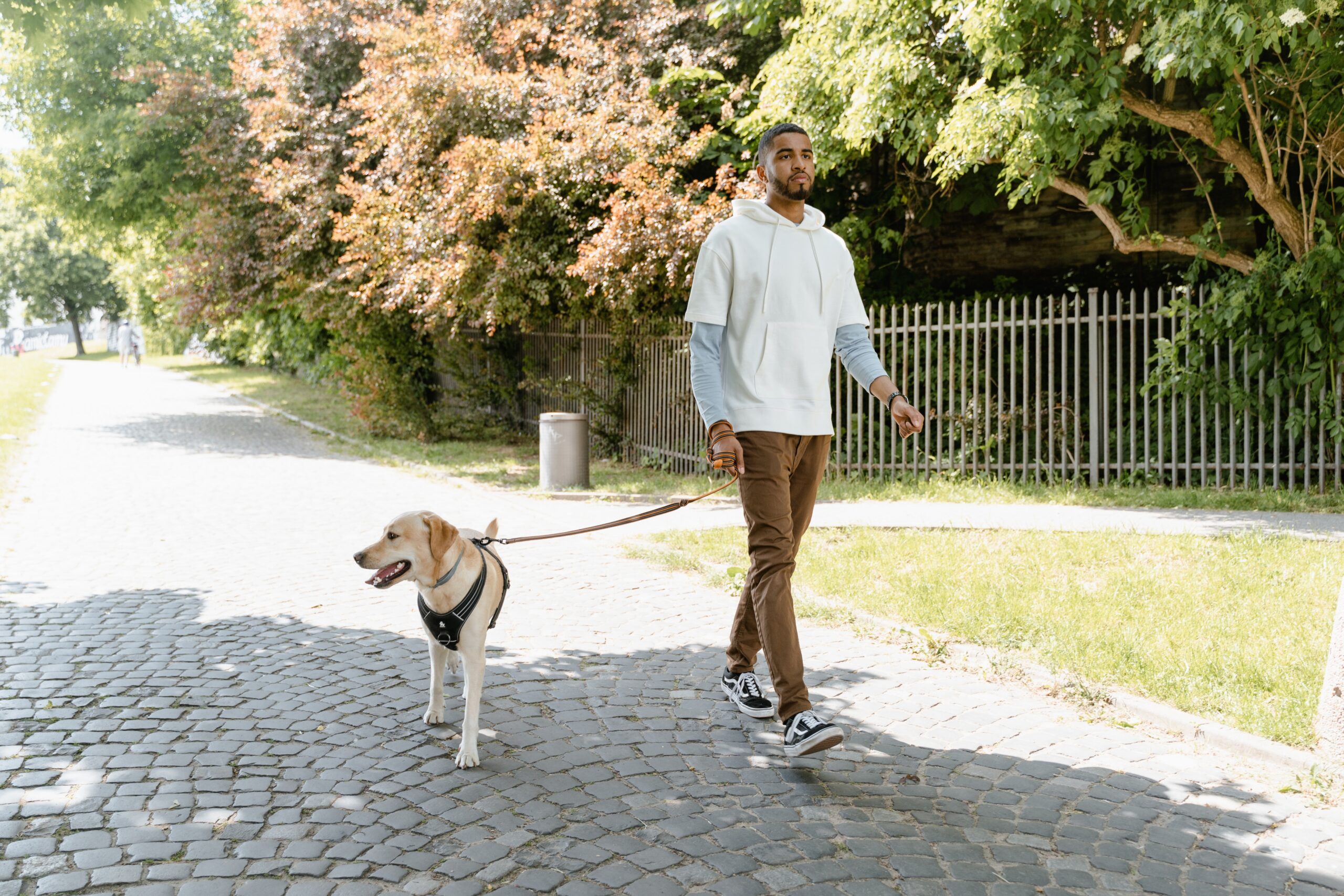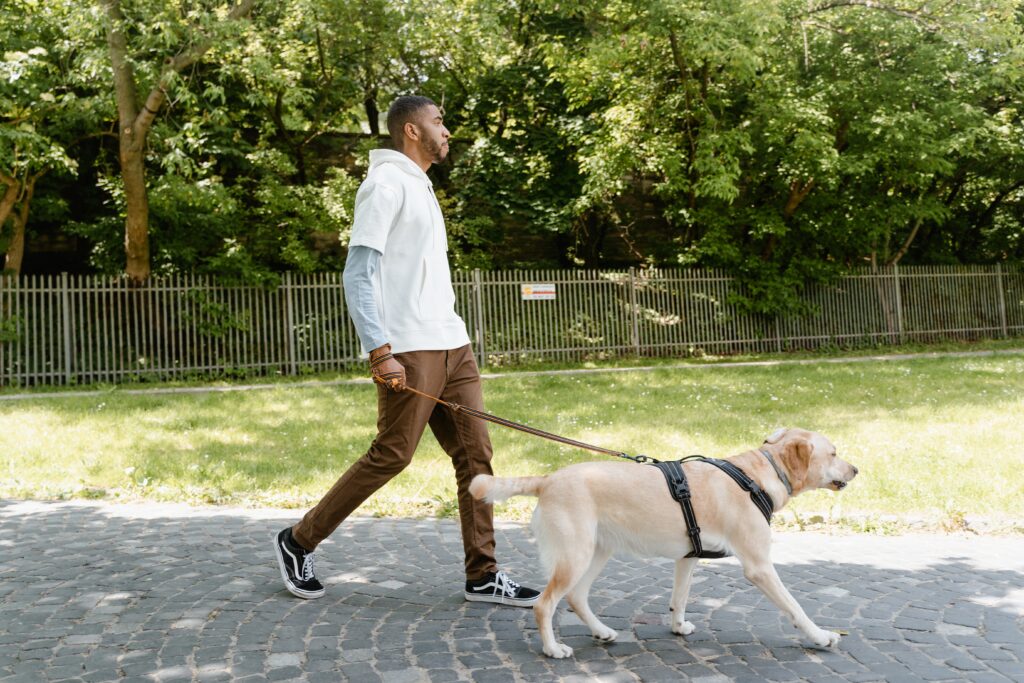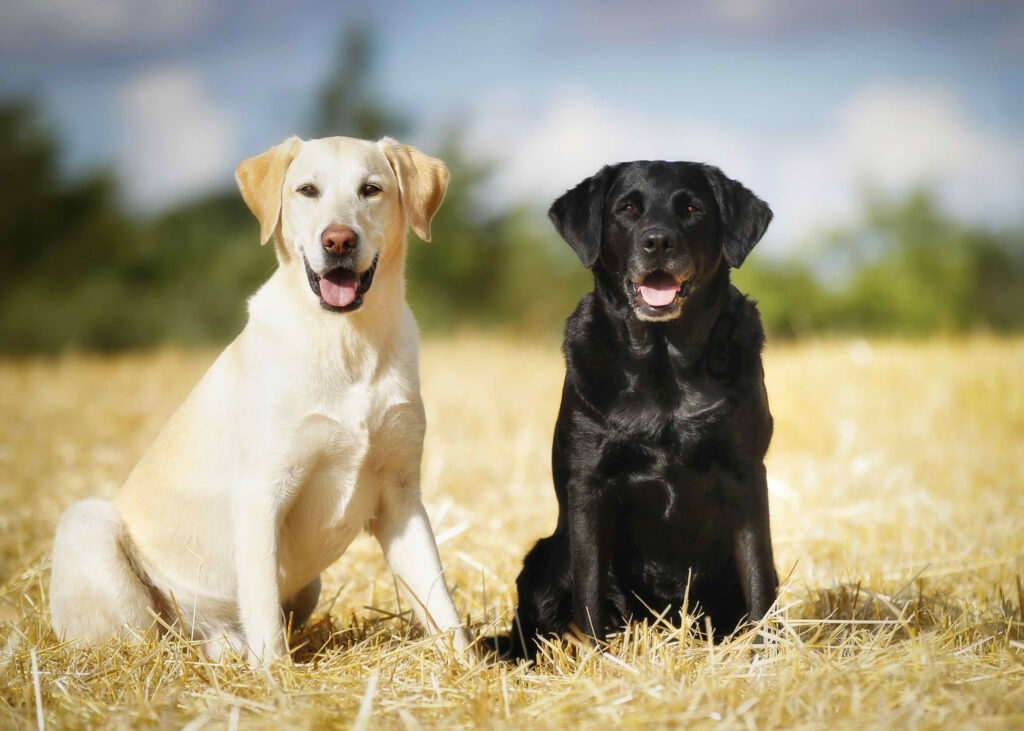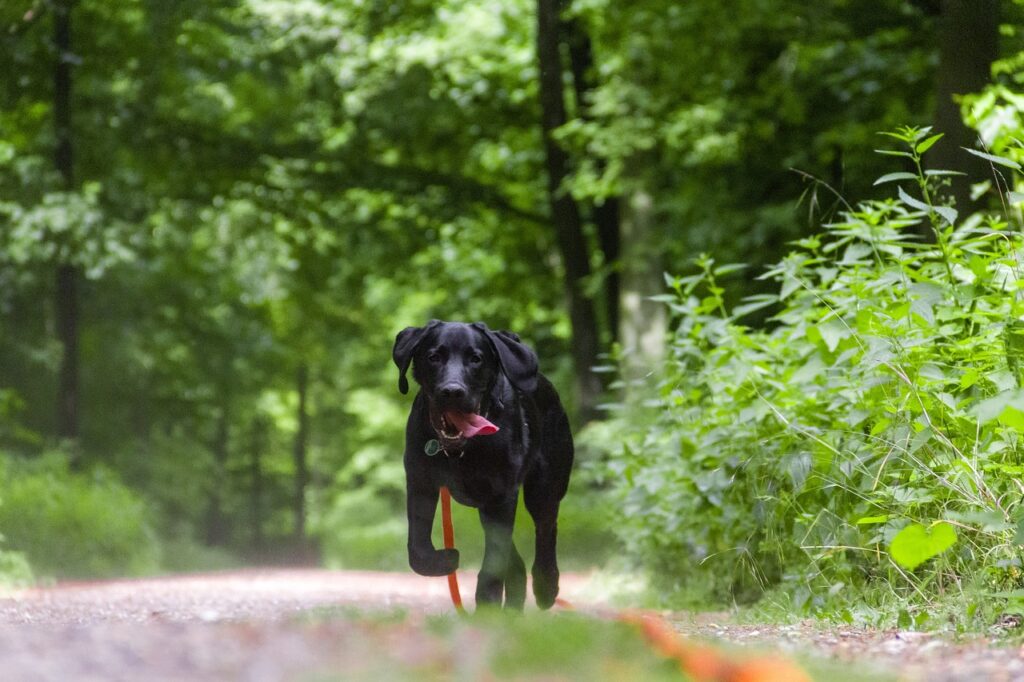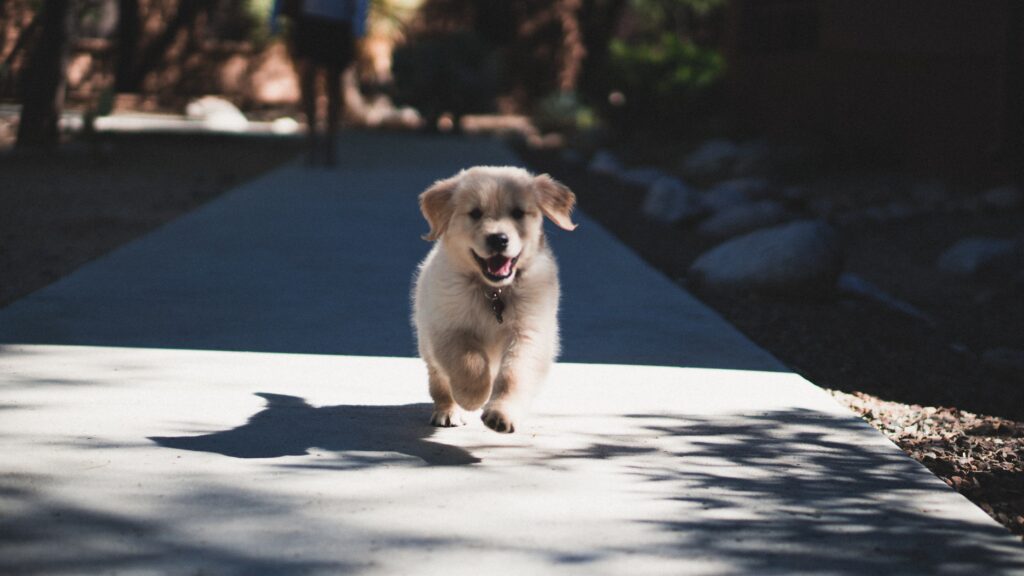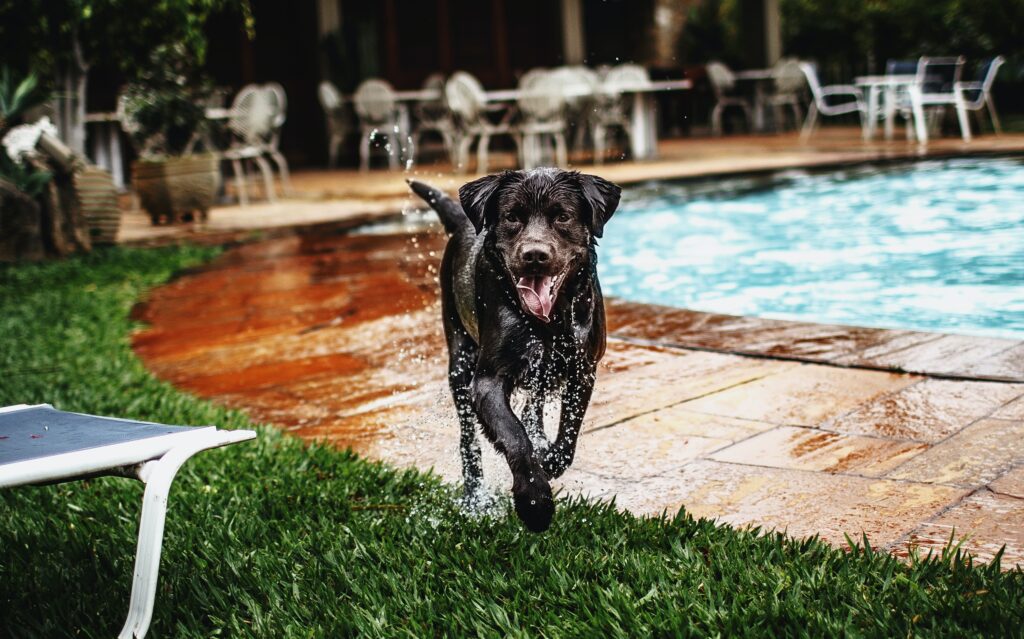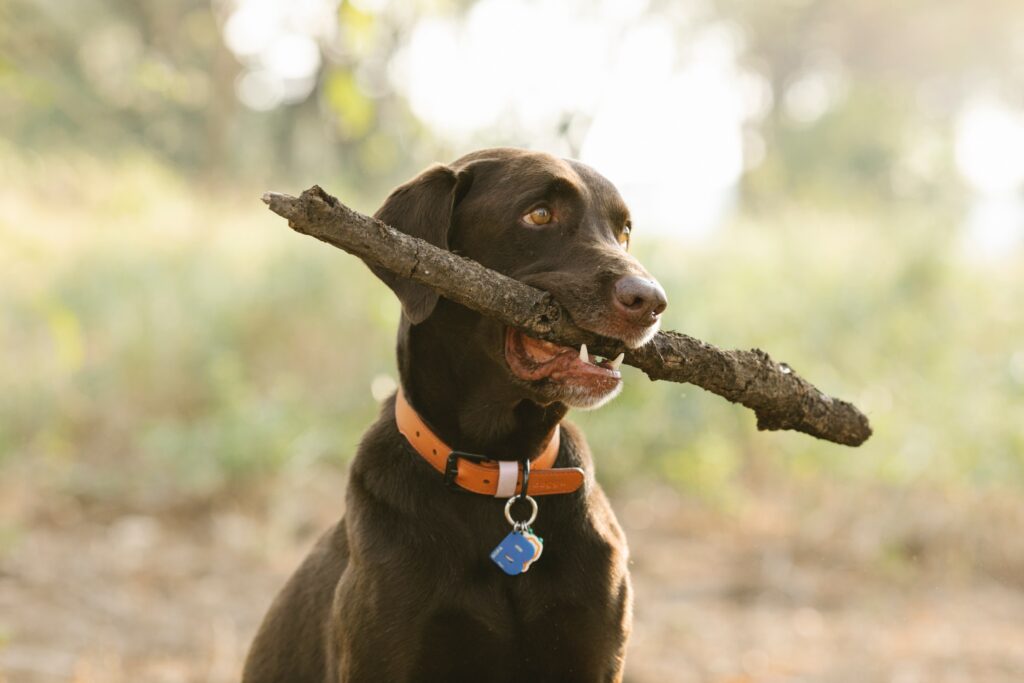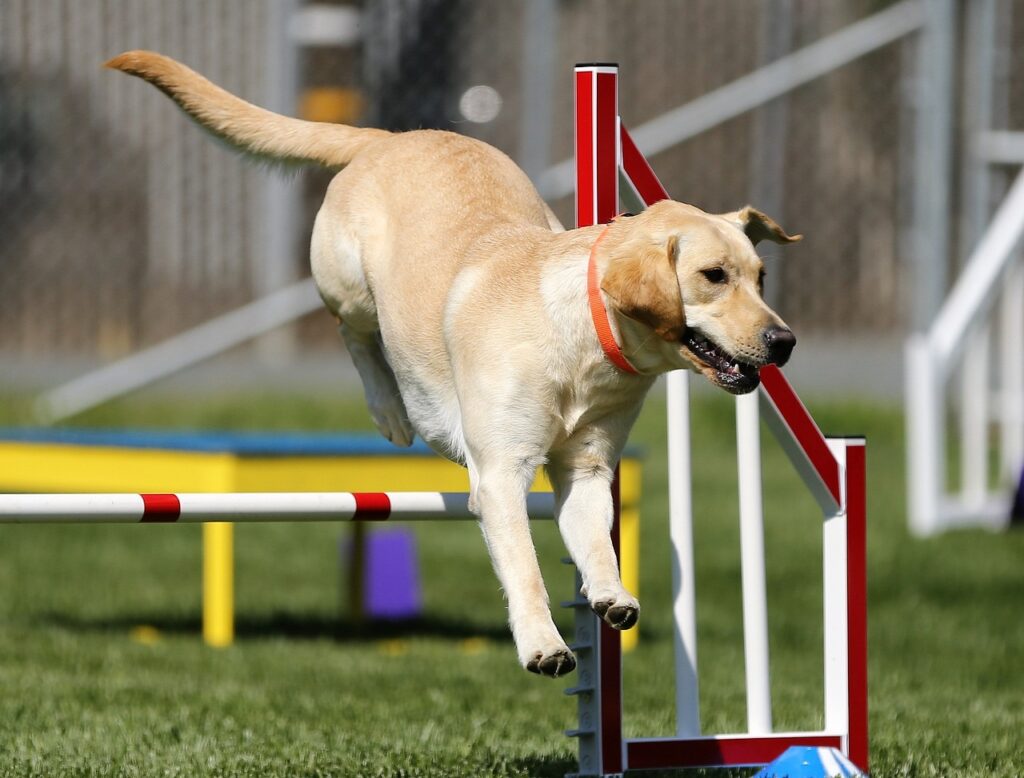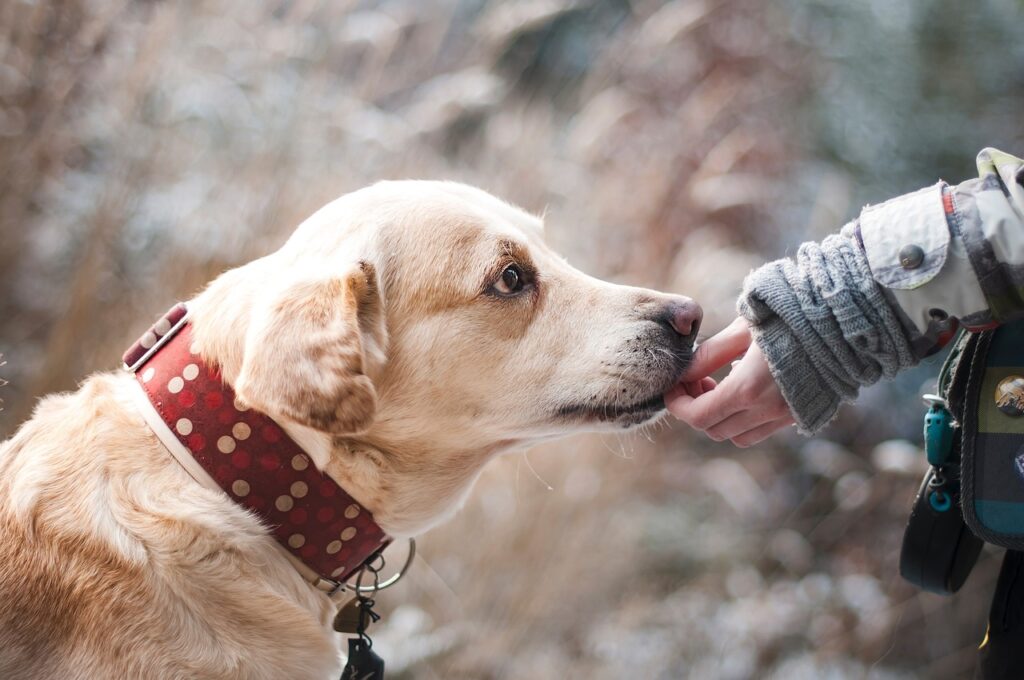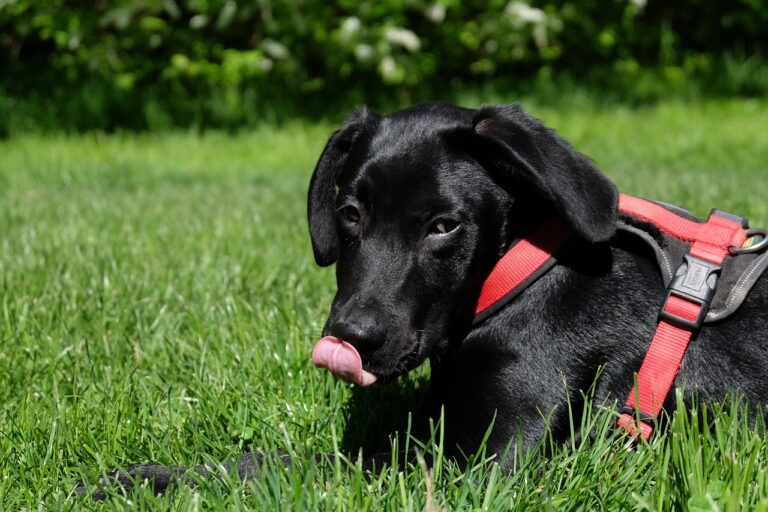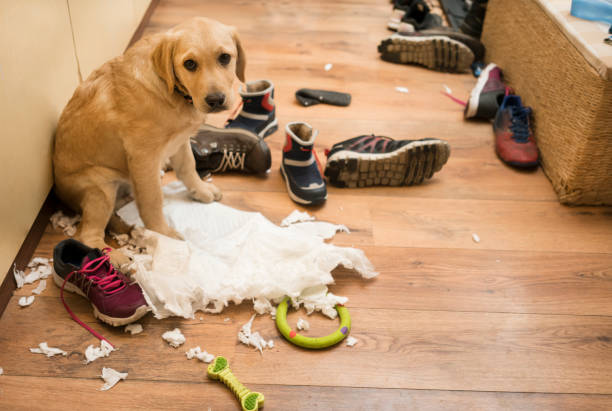How Much Exercise Does a Labrador Retriever Need?
Are you thinking of getting a Labrador Retriever? Well, let me tell you, you’re in for an adventure filled with unconditional love, loyalty, and endless energy! Yes, you read that right, endless energy! These furry friends are known for their athleticism, agility, and their love for time spent in the great outdoors. But, you may wonder, how much exercise does a Labrador Retriever need?
In this article, we’ll dive into how much exercise these pups require to maintain their physical and mental health and keep them happy campers!
Reasons Why Exercise is Important for Labrador Retrievers
Exercise plays a crucial role in keeping our furry friends happy and healthy. Here’s a list of reasons why exercise is especially important for Labs:
🦮 Weight Management
Labs have a strong appetite and are prone to weight gain if their calorie intake isn’t balanced with regular exercise. Carrying extra pounds can strain your Lab’s joints, heart, and other organs, increasing the risk of health issues like diabetes, arthritis, and heart disease. Yikes, right?
But don’t worry! By ensuring your Lab gets sufficient exercise daily, you can help them maintain a healthy weight and avoid these potential problems. The trick is to find activities that engage both their body and mind. This way, they’ll burn calories, build muscle, and, most importantly, have fun!
🦮 Joint Health
Like many large dog breeds, Labrador Retrievers can be predisposed to joint issues such as hip and elbow dysplasia. These conditions can cause pain, inflammation, and decreased mobility, affecting your pup’s quality of life. Ouch!
But here’s the good news! Regular exercise can help prevent or manage joint issues in Labs. When your dog exercises, it strengthens the muscles surrounding its joints, providing better support and stability.
🦮 Mental Stimulation
Labs are intelligent and naturally curious, so they need mental challenges to keep their minds sharp and prevent boredom. They may become restless or develop destructive behaviors like excessive chewing or digging if they don’t get enough mental stimulation. And we don’t want that!
The great thing is that exercise can provide both physical activity and mental stimulation for your Lab. Activities like fetch, hide-and-seek, or scent games engage their brains while also getting their bodies moving. It’s a win-win situation!
When planning your Lab’s exercise routine, try to incorporate activities that require problem-solving or decision-making. This will tire them out physically and mentally, ensuring a happy, well-rounded pup.
🦮 Behavior Management
Labs have a lot of energy; if they don’t burn it off, they might get into mischief around the house. Regular exercise helps channel that energy into something positive and prevents a destructive behavior.
🦮 Socialization
Socialization is exposing your Lab to different people, animals, environments, and experiences, which helps them grow into confident, well-adjusted dogs. Exercise offers plenty of opportunities for socialization, as it often involves interacting with other dogs and people during walks, playdates, or trips to the dog park.
By engaging in regular exercise that includes social interactions, your Lab will learn to behave appropriately around others, read social cues, and build positive relationships with humans and fellow canines. This is crucial for preventing fear, aggression, or anxiety in various situations.
🦮 Bonding Time
Exercising with your Lab puppy is a great way to bond and strengthen your relationship. Not only does it provide physical activity for both of you, but it also helps build trust, loyalty, and respect.
When you exercise with your pup regularly, they’ll learn to look to you as their leader, making them more obedient and easier to train. Plus, you’ll get to spend quality time with your furry BFF!
🦮 Overall Health
Regular exercise has numerous long-term health benefits for Labs. It helps maintain a strong heart, lungs, and muscles, contributing to a longer, happier life.
Exercise Requirements For Different Age Groups
How much exercise your Lab needs depends on its age. Here are the general guidelines for how much activity they need:
📍 Puppy (up to 6 months)
At this adorable stage, your Labrador puppy is full of energy and growing rapidly. It’s best to focus on short, frequent play sessions instead of long, intense workouts. And remember, avoid high-impact activities like jumping or running on hard surfaces, as their joints are still developing and can be prone to injury.
📍 Adolescent (6 months to 2 years)
Your Lab is now a teenager – brace yourself for even more energy! This is the time to increase the duration and intensity of exercise gradually. Start introducing more structured activities like obedience training, agility courses, or even dog sports like dock diving. Just be mindful of their growth plates, which typically close around 18 months, and avoid excessive strain on their joints.
📍 Adult Dog (2 years and older)
Your Lab has reached adulthood and needs a consistent daily exercise routine to stay happy and healthy. Aim for about 80 minutes of exercise per day, but remember, every dog breed is different. Adjust the exercise levels based on your Lab’s needs, considering factors like their overall health and energy level.
Types of Exercise Activities For Labradors
Labradors are known for their love of the outdoors, and no questions where they’ll be happiest. Aim to provide them with various activities to keep them engaged and prevent boredom. Here are some ideas:
🐕 Walking
Daily walks are a must for Labs. They provide both physical exercise and mental stimulation. To keep things interesting try to vary your walking routes to keep things interesting. Exploring new paths, parks, or neighborhoods will give your Lab plenty of fresh scents, sights, and sounds, stimulating their senses and keeping them engaged. Furthermore, it’s a great way to discover new places too!
Another idea is to incorporate some training into your walks. Practice basic obedience commands like “sit,” “stay,” or “heel” periodically throughout your long walk. This reinforces good behavior and adds a mental workout to the physical activity, making the walk more rewarding for your Lab.
Don’t forget to let your Lab sniff and explore during your walks. Giving them time to investigate their surroundings helps satisfy their curiosity and natural instincts. Just be sure to watch them to ensure they stay safe and don’t get into anything they shouldn’t.
Finally, consider inviting a friend with a dog to join you on your walks. This adds a social element to the experience, allowing your Lab to interact with other dogs and people while burning off some energy. Make sure both dogs are well-behaved and compatible before embarking on your adventure together.
🐕 Running or Jogging
If your Lab loves to run, then going for a jog together is a great way to bond and burn off some energy. However, as with any exercise, start slow and gradually increase the intensity over time.
When running with your Labrador Retriever puppy, be sure to stick to soft surfaces like grass or dirt trails to avoid stressing their joints. Also, watch out for signs of fatigue, such as slowing down or panting heavily. If your Lab seems tired, take a break and let them rest before continuing.
🐕 Swimming
Labs are natural water dogs with a strong, muscular build that’s perfect for swimming. Plus, it’s a low-impact activity, meaning it’s easy on their joints and much less likely to cause injury than other forms of exercise. Swimming also helps improve their cardiovascular fitness, muscle strength, and endurance.
Now, let’s dive into some recommendations on how to get your Lab swimming like a champ.
① Start Slow and Steady
If your Lab isn’t used to swimming, it’s essential to introduce them to the water gradually. Let them play in shallow water and gradually progress to deeper areas. Keep an eye on them at all times, and never force them into the water if they’re uncomfortable.
② Choose a Safe Location
When selecting a spot for your Lab to swim, opt for a calm and clean body of water, like a lake or a slow-moving river. Avoid areas with strong currents or rough waves, as these can be dangerous for your furry friend. And always keep an eye out for any potential hazards, like sharp rocks or hidden debris.
③ Invest in a Doggy Life Jacket
Even though Labradors are natural swimmers, having a life jacket on hand is always a good idea, especially if you’re venturing into deeper waters. A life jacket will provide extra buoyancy and keep your Lab safe while they’re splashing around.
④ Make it fun
Bring some floating toys or play fetch in the water to keep your Lab engaged and excited about swimming. This will not only make the experience more enjoyable for them, but it’ll also help build their confidence in the water.
⑤ Rinse off After Swimming
After a fun day at the water, rinse your Lab off with clean water to remove any dirt, debris, or chemicals lingering on its coat. This will help prevent skin irritation and keep their coat looking shiny and healthy.
🐕 Fetch and Retrieve Games
Fetch games are not only super fun for your Labrador, but they also provide an excellent workout. These games help improve cardiovascular fitness, build muscle strength, and increase endurance. Besides, they also offer mental stimulation, as your Lab has to focus on tracking the object and bringing it back to you.
🦴 Choose the Right Toy
When playing fetch with your Lab, picking the right toy is essential. Labs have strong jaws and can easily chew through flimsy materials, so opt for durable rubber or tough nylon toys. Some popular options include rubber balls, frisbees, and specially designed-retrieving dummies.
🦴 Start With Basic Fetch
To get started, introduce your Lab to fetch by throwing a toy a short distance and encouraging them to bring it back. Use positive reinforcement (like treats and praise) to reward your dog when they return the toy to you. As your Lab gets the hang of it, gradually increase the distance you throw the toy.
🦴 Mix it up With Different Games
Keep things interesting by incorporating different types of fetch games. For example, you can try “water fetch” by throwing the toy into a body of water (if your Lab loves swimming) or play “hide and seek” by hiding the toy and encouraging your dog to find it using their sense of smell.
🦴 Incorporate Obedience Training
Fetch games can also be an excellent opportunity to work on obedience training. Practice commands like “sit,” “stay,” and “drop it” during the game to reinforce good behavior and keep your Lab’s mind sharp.
🦴 Safety First
Lastly, always prioritize your Lab’s safety during fetch games. Choose a spacious, hazard-free area to play in, and avoid throwing the toy near roads, sharp objects, or other potential dangers.
🐕 Agility Training
Agility training involves guiding your dog through a series of obstacles, such as jumps, tunnels, weave poles, and see-saws. It’s a fast-paced, exciting activity that challenges your Lab’s physical and mental abilities while strengthening the bond between you two.
✅ Getting Started With Agility Training
If you’re new to agility training, starting with a beginner’s class or finding an experienced mentor to guide you is a good idea. They’ll help you learn the basics and ensure you and your Lab practice safely. As you progress, you can join local agility clubs and even participate in competitions if you’re up for a challenge!
✅ Creating a Home Agility Course
If you’d rather train at home, you can set up a simple agility course in your backyard or a spacious indoor area. Start with basic obstacles like jumps and tunnels, and gradually add more challenging elements as your Lab becomes more proficient. Be sure to use safe, dog-friendly equipment and provide plenty of padding to prevent injuries.
✅ Training Tips for Success
Here are some tips to help you and your Lab succeed in agility training:
- Patience is key: Remember that your Lab is learning something new, so be patient and give them plenty of time to understand each obstacle. Keep training sessions short and fun to maintain their interest.
- Positive reinforcement: Just like with any dog training, use positive reinforcement (treats, praise, and affection) to reward your Lab’s progress. This will help them associate agility training with positive experiences and motivate them to keep improving.
- Consistency is crucial: Try to practice regularly to help your Lab build their skills and confidence. Consistent training will also help reinforce good behavior and obedience commands.
- Stay in tune with your dog: Pay attention to your Lab’s body language and energy levels during training. If they seem stressed, tired, or frustrated, it might be time to take a break or adjust the difficulty level.
🐕 Mental Stimulation and Exercise
It’s important to remember that exercise isn’t just about getting physical. It also offers valuable mental stimulation for your Lab. Here are some activities you can do to keep their minds sharp:
🧩 Puzzle Toys and Treat-Dispensing Toys
These ingenious toys challenge your dog’s problem-solving skills and reward them with tasty treats. Not only do they keep your Lab entertained, but they also help reduce boredom and prevent destructive behaviors. There’s a wide variety of options available, so you’re sure to find one that suits your pup’s preferences and abilities.
🧩 Obedience Training and Tricks
Teaching your Lab new commands and tricks is not only fun, but it’s also a great way to stimulate their minds. Plus, it helps reinforce good behavior and strengthens the bond between you and your dog. Start with basic commands like “sit” and “stay,” and then work your way up to more advanced tricks like “rollover” or “play dead.”
🧩 Nose Work and Scent Games
Labs have an excellent sense of smell, so why not put it to good use with some nose work and scent games? You can start by hiding treats around the house or yard and encouraging your dog to sniff them out. As they get better at it, you can make the challenges more difficult or even try introducing specific scents for them to locate.
Remember, mental stimulation and exercise are as important as your Labrador Retriever’s physical activities. By incorporating these ideas into your dog’s routine, you’ll help keep their minds sharp, reducing boredom and promoting a happy, well-rounded pup.
Monitoring Exercise Levels and Adjusting as Needed
Every dog is unique, and their exercise needs can change over time. Let’s chat about some signs of over-exercising and under-exercising so you know when to adjust for your furry friend.
🐕 Signs of Over-Exercising:
- Excessive panting or difficulty breathing
- Limping or showing signs of discomfort
- Reluctance to continue exercising
- Extreme fatigue or exhaustion after exercise
- Injuries such as sprains or strains
If you notice any of these signs, it’s time to reassess your Lab’s exercise routine and possibly dial it back a bit. Remember, too much exercise can be just as harmful as not enough.
🐕 Signs of Under-Exercising:
- Weight gain or obesity
- Restlessness or hyperactivity
- Destructive behaviors, such as chewing or digging
- Boredom or depression
- Difficulty settling down or sleeping at night
If you spot these signs, it might be time to ramp up your Lab’s exercise routine or introduce new activities to keep them engaged. A well-exercised dog is a happy, healthy dog!
Frequently Asked Questions
Q: What does the American Kennel Club recommend for Labrador exercise?
A: The American Kennel Club recommends at least 30 minutes of moderate activity per day for Labradors, in addition to providing mental stimulation. This could include swimming, fetch, agility training, obedience training, and scent games.
Q: Do American Lab and English Labrador Retrievers have different exercise needs?
A: Generally speaking, most Labradors (American or English) will require similar exercises. However, American Labs may need slightly more physical activity due to their higher energy levels. Be sure to consider your dog’s age and health when planning an appropriate exercise routine.
Q: What health problems do I need to be aware of with my Labrador?
A: One issue to keep an eye out for is dental disease, as Labradors are notorious for their love of chewing and snacking. It’s also important to be aware of the risk of heart disease, which can occur in any breed but may be more common in Labradors. Other conditions that may affect Labs include wobbler disease, which affects the spinal cord, and hip dysplasia, a common issue with large dog breeds.
Q: Can a vigorous exercise routine harm my Labrador?
A: Too much exercise can be just as harmful as not enough, so monitoring your Lab’s activity levels and adjusting their routine is important. Signs of over-exercising could include excessive panting or difficulty breathing, limping or discomfort, extreme fatigue or exhaustion after exercise, and injuries such as sprains or strains. If you spot any of these signs, it’s time to reassess your Lab’s exercise routine and adjust as needed.
Q: Is a Labrador Retriever a good family dog?
A: Absolutely! Labrador Retrievers are known for their friendly and outgoing personalities, making them excellent family dogs. They love spending time with people of all ages and have a knack for training and learning new tasks quickly. With proper socialization, exercise, and training, Labs make wonderful companions and playmates for the whole family.
Final Words
After looking into it, I’ve concluded that Labrador Retrievers need a good amount of exercise each day. These pups are known for being super active and energetic, so it only makes sense that they need plenty of time to run, play, and stretch their legs. From what I’ve found, experts recommend at least 30-80 minutes of exercise per day for adult labs, which can be a mix of walks, runs, or games of fetch.
But remember, every dog is different, so paying attention to your pup’s behavior and adjusting accordingly is important. And honestly, who doesn’t love getting in some extra steps with their furry best friend by their side?

